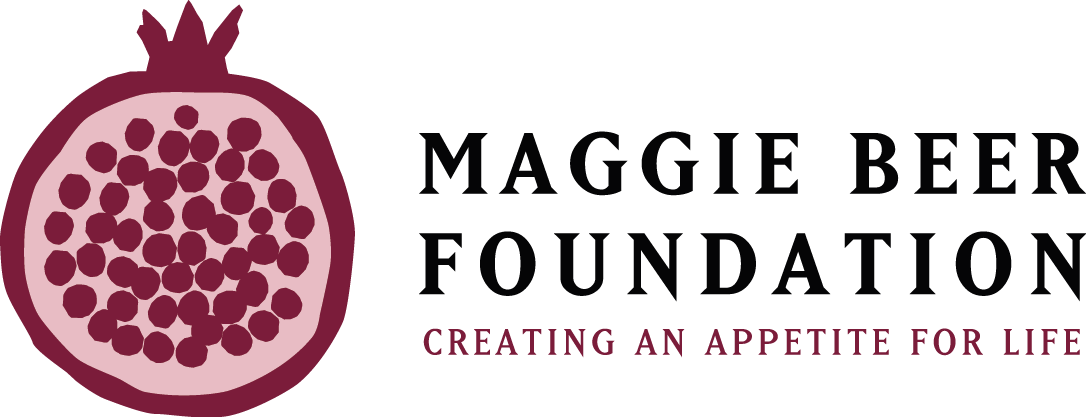This month’s Spring Frittata recipe looks so delicious and super easy to make…even for me!
It’s full of garden-fresh ingredients which are easy to grow in any garden or potted into containers and are being harvested now.
Grow these fresh ingredients…
Onions [easy to grow]
Seeds are sown during Autumn and Winter and onions are then harvested from Spring onwards.
Like all root crops, onions grow best in deep, well-drained soil with compost and old manures added a month or two prior to growing. Choose a sunny location for all root crops!
Seeds are sown directly into the soil from April onwards.
As seeds sprout thin out seedlings to encourage healthy strong plants to grow.
Onion bulbs appear on the soil surface as they grow and are ready to harvest when the leaves dry out and collapse.
Good Companions in the Garden – Lemon Balms, Borage, Silverbeet and Thyme.
Garlic [easy to grow]
Garlic are root crops, like onions, and garlic bulbs are planted throughout Australia from April through to June, or to July in warm climates.
Fresh garlic is one crop to consider growing in any garden setting, as imported garlic is fumigated with highly toxic chemicals, so home-grown organic garlic is THE best available!
Plant garlic bulbs with the pointed end up into deep, prepared soil in a sunny location.
Deeply water bulbs after green shoots appear and mulch around plants to reduce weed growth and hold in moisture.
Apply a liquid fertiliser to encourage strong growth and sweeter garlic bulbs.
Harvest garlic from end of Spring into Summer when leaves start to brown off and hang to dry until the skin becomes thin like paper.
Garlic can then be stored up to 6 months.
Good Companions in the Garden – Parsnips, Carrots and Dill.
Silverbeet/Swiss Chard [easy to grow]
This is one leafy veg that should be grown in ALL gardens!
Super easy to grow, long lasting (the more you harvest leaves the more they grow) and nutrient packed, this attractive plant is suitable for all regions in Australia.
Silverbeet/Chard (they’re the same plant) grow in healthy soil in a sunny garden location. If grown in a part shaded position the leaves will be a darker, deeper colour but will taste the same as pale leaves.
TIP – sow the mixed colour seeds to grow a rainbow of coloured leaves.
Can be grown from seed into punnets/small pots or sown directly into garden beds. Silverbeet can also be grown in containers and adds a lovely burst of colour to any space.
Plants will continue to grow throughout the year, can be left to ‘go to seed’ and will self-grow throughout garden areas.
Apply an organic liquid fertiliser over leaves and soil through Spring and Summer to encourage tall, strong leaf growth and also mulch around plants to retain moisture during the warm months.
Good Companions in the Garden – Beans, Broccoli, plants from Onion family, Chives and Lavender.
Asparagus [easy/moderate to grow]
Homegrown Asparagus is sweet and crisp, so if you have space to grow this plant I suggest you give it a go!
Best grown in a raised garden or other large container (I grow mine in an old bath tub) as Asparagus needs space to spread out as it will out-compete most plants.
Plant ‘crowns’ in a rich soil that’s pre-prepared with compost and slow release fertiliser in Spring.
Shoots are ready in around 2 years (yep, you’ll have to wait) and are harvested by cutting off at soil level when thick stalks are approx. 15cm tall.
Good Companions in the Garden – Parsley and Nasturtiums. **Avoid growing with Garlic and Onions.
Lemon Thyme or common Thyme [easy to grow]
The group of Thumus (Thyme) consists of many varieties of this beautiful small herb.
It’s grown in most parts of the world as it has wonderful medicinal properties and culinary uses.
TIP – see my recipe for homemade cough medicine!
Lemon Thyme has a light lemony scent and adds a divine lemon flavour to foods.
Being a Mediterranean herb, it grows well in sandy, free draining soil, in a clay or terracotta pot or in a hanging basket. As a ground cover it’s grown with taller growing plants to fill spaces in the garden and cover the soil to keep weeds out.
Plant in the warmer months in a full sun position in the garden or place pots in a sunny location in your courtyard or patio.
Thyme, like Oregano and Marjoram, will thrive with a little neglect, so don’t overwater or over feed them.
If you like low maintenance gardening then these herbs are for you!
Good Companions in the Garden – any of the Brassica family (kale, broccoli, cauliflower, cabbage, brussels sprouts) as the aromatic scent of the herbs helps to deter Cabbage Moth which can destroy your Brassica crops.
For steps to improve soil prior to planting have a read of my article https://soiltosupper.com/5-easy-ways-to-feed-your-garden-and-grow-more-food/
TIP – to increase nutritional and mineral value in crops add a sprinkle of crushed rock minerals to soil when adding compost or well-rotted manure.
Growing fresh food is a wonderful way to boost health and wellbeing through gardening and including harvested crops to meals is an extra bonus for wellness.
Enjoy!
Cath Manuel is a Horticultural Consultant specialising in Therapeutic and Kitchen Gardens. Cath is the Founder and Director of Soil to Supper which provides services and programs through the Soil to Supper Community. She is also host of The Wellbeing Garden Podcast Program. Cath has many years’ experience in the horticulture industry and has a great passion for sharing her knowledge to inspire people of all ages and abilities to enjoy gardening activities and grow fresh food. She shares her knowledge through programs, consultations, events and various media publications. Cath holds a Diploma in Horticulture, Certificate in Permaculture Design and Horticultural Therapy.
Please visit Soil to Supper for more ideas for growing fresh food www.soiltosupper.com


